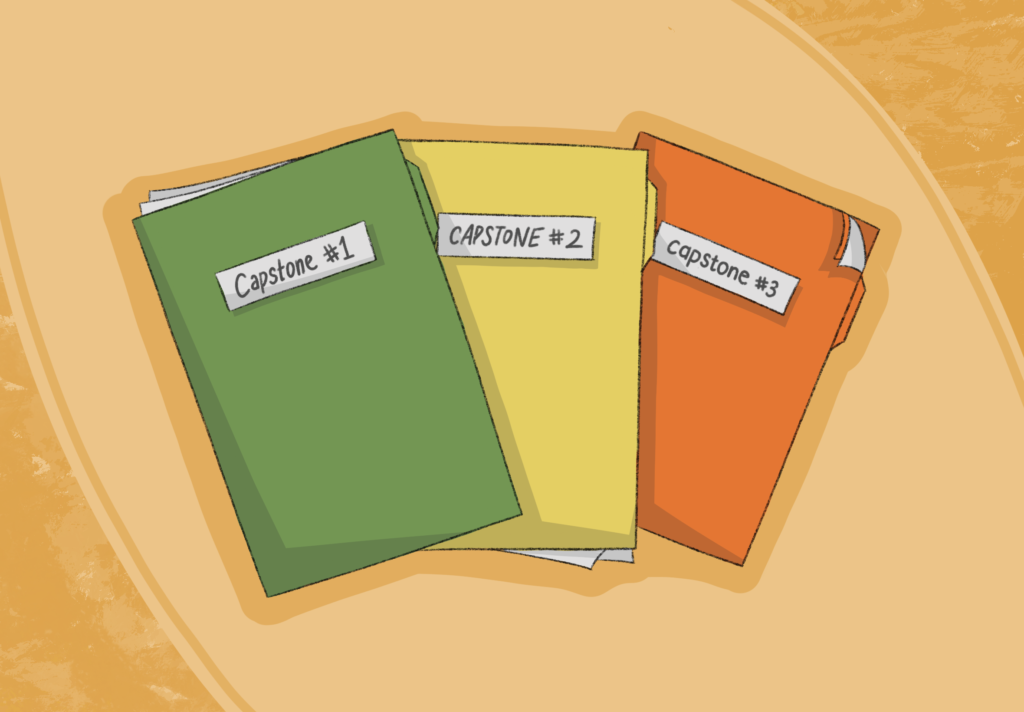The dim lights in the chapel created a peaceful and warm atmosphere. Several students and I sat on the cushions on the floor and crossed our legs. Closing our eyes, we waited for the instructions. “Place your hands comfortably either in front of you or on your laps,” Mr. Jim Davidson, an HPRSS faculty who advises Buddhist students, said. “Try to sit straight up, and try not to move during the meditation. Try not to be distracted and focus on your breathing: in and out.” He continued, “Close your eyes or simply look in front of you.” Mr. Davidson chimed the bell four times. The clear sound of the bell echoed throughout the chapel, and the meditation began.
Buddhist meditation at Choate was established by Mr. Davidson in 1976, and, ever since, it has been held on every Wednesday from 8:45 p.m. to 9:20 p.m. in the chapel. Some students participate in the meditation for religious or spiritual purposes, and others participate to relax from their hectic daily life. It is open to any student, regardless of his or her religious affiliation (or lack thereof). Buddhist meditation is not a club or an organization. It could be a time for reflecting on one’s life or a time of relaxation. The number of students varies from session to session; this year, there have been as few as three or as many as nine. Mr. Davidson remembers in recent years that the largest group was 22 participants. Although, he also recalls a packed chapel the time that an entire grade was sent by its deans to meditate.
The meditation could be physically challenging, although the instructions of the meditation—crossing legs, closing eyes, and breathing slowly—seem easy. A few minutes after the meditation, my legs started to have cramps because I had crossed them uncomfortably. I longed to move around freely. I noticed my breathing becoming faster, and I was distracted with the sound of cars passing by the chapel. With a level of coercion, I told myself to focus on the breathing, not on my legs or the cars by the chapel. When Mr. Davidson chimed the bell four times and indicated that the meditation was over, all the students stretched out and rubbed our legs to get the cramps out.
Mr. Davidson values meditating because of the benefits it provides. He explained that meditation is “a guaranteed quiet time with some simple but challenging instructions to follow. You fully focus on the present moment. In a way, it is a mind-training.” He added that meditation could lead one to understand oneself better, and it gives opportunities for students to relax in the middle of the week. Meditation is a short pause during the day when one can put all the worries aside.
Choate students, myself included, do not have enough time to sit down, relax, and forget about the things that worry us, such as grades, athletic performance, and time management. It may sound impossible, but some students are able to find time to think for themselves, to rest, and to renew their focus during weekdays when their daily lives get hectic and challenging. As important as academics, sports, or extracurricular activities, the time students devote to themselves and to their own mental and emotional growth ultimately results in peace and comfort.




